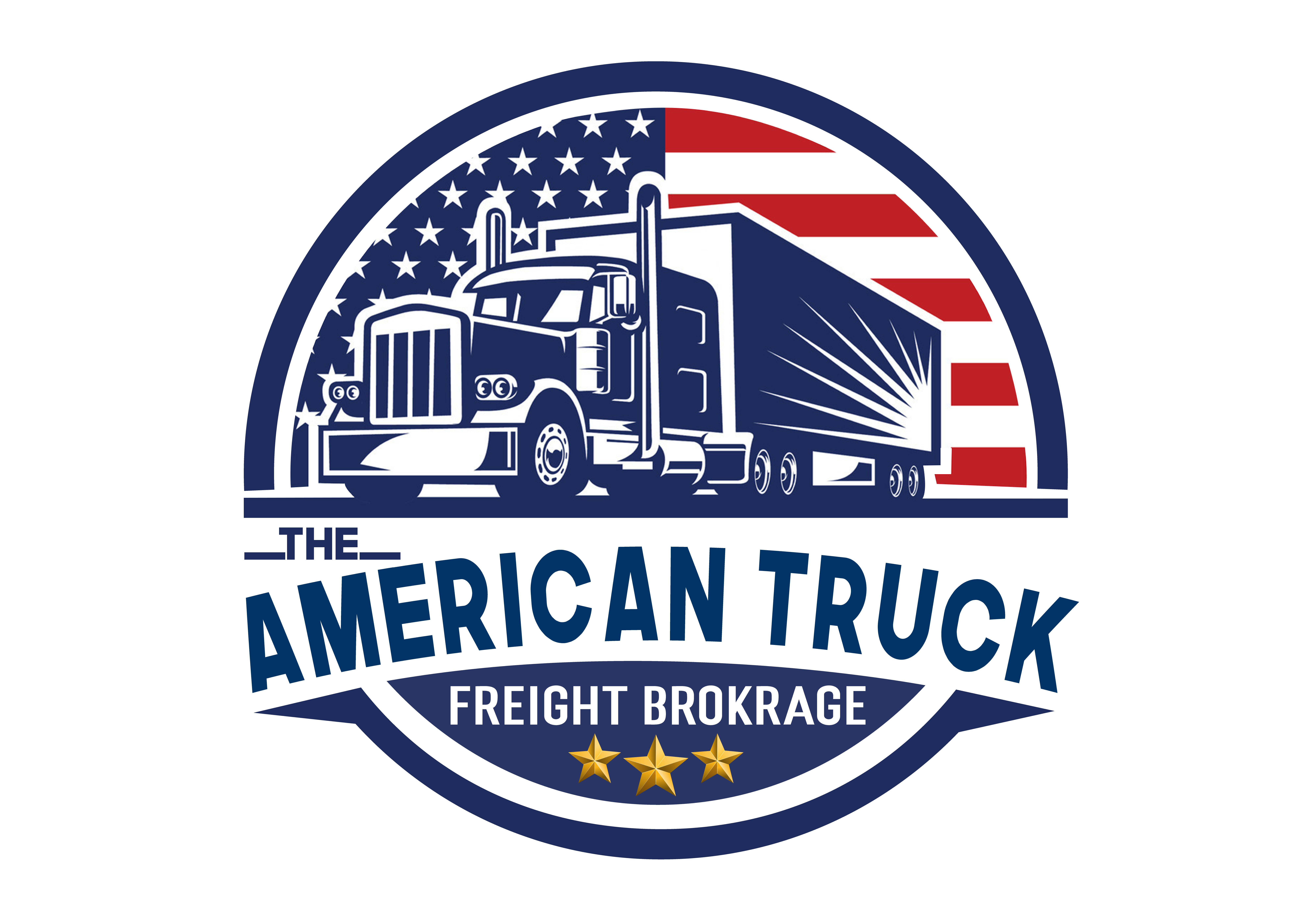
Carrier Capacity Constraints
Imagine you’re running a bustling restaurant. Customers are pouring in, eager to devour your culinary masterpieces. But there’s a hitch: your kitchen can only handle so many orders simultaneously—that’s carrier capacity in a nutshell.
In logistics, carrier capacity refers to the maximum freight a transportation system can handle within a specific timeframe. It’s like a giant invisible pipeline with a finite volume. Trucks, ships, and airplanes all have limitations.
Why should you care? Exceeding carrier capacity can wreak havoc on your supply chain. Delayed deliveries, frustrated customers, and a dent in your bottom line are just a few of the potential consequences.

So, how do you avoid this nightmarish scenario? The key is proactive planning. By anticipating demand fluctuations and understanding carrier limitations, you can avoid bottlenecks.
Let’s unpack some ways to navigate the tricky terrain of carrier capacity constraints:
Forecast with precision:
The crystal ball is not included, but meticulous demand forecasting can work wonders. Analyze historical data, factor in seasonal trends, and stay updated on market shifts. The more accurate your forecast, the better you can align your shipping needs with carrier capacity.
Embrace dynamic routing:
Gone are the days of rigid shipping routes. Dynamic routing allows you to leverage the strengths of different carriers and optimize delivery times. Think of it as finding the most efficient path through a bustling city – you might need to take backstreets sometimes to avoid traffic jams.
Diversify your carrier network:
Don’t put all your eggs in one basket. Partner with multiple carriers to spread the load and mitigate risks. This provides more flexibility and ensures you’re not left high and dry if one carrier experiences capacity constraints.
Communicate like a pro:
Clear and consistent communication is your secret weapon. Keep your carriers informed about your shipping volume and adjust forecasts as needed. A strong relationship goes a long way in ensuring smooth sailing, even during peak seasons.
Carrier capacity constraints are a fact of life in logistics. But by using planning, diversification, and communication, you can navigate these challenges and keep your supply chain flowing smoothly.
For further details, visit The American Truck Inc.
To schedule appointments, contact us for a complimentary consultancy session.




